Complex architecture and new functionalities
Currently, mobile and web applications are quite complex – a complex architecture is necessary to provide users with the most important features. It should also be remembered that designing, implementing and maintaining applications is a long-term process that involves many changes and improvements. The task of developers, designers, and analysts is not only to create the system, but also to continuously develop it, including adding new functionalities.

How to match functionalities to a specific application?
This is one of the most important questions for both clients and developers, designers. The capabilities of a given system should primarily depend on its intended use – the target group and their needs are of paramount importance. Relevant technologies and the nature of the company commissioning the application are also important factors.
To properly match the functionality of the application, it is therefore necessary to precisely define the goals of creating the system. This task is the responsibility of both parties – the client and the company performing the task. Some clients have only a general vision of what the system should serve and include, others have well-defined plans and assumptions. Both approaches have their place: the key to success is continuous cooperation and communication between the parties at each stage of implementation.
A very important part of the process of designing mobile and web applications is specifying on which platforms the system should operate. This is mainly the basis for determining the technologies used, which in turn also affects the possibilities of implementing specific solutions. This also affects the approach to designing individual functionalities.
Design phases of an application
Designing mobile and web applications can be divided into several stages. After specifying goals, requirements, and making decisions about potential integrations with external systems, it’s time to create a functional specification. Within its scope, it is necessary to describe the elements that should be included in the system: which features are essential for proper operation and which are optional. After this stage, you can proceed to creating a UI prototype and graphics, as well as planning issues related to UX – user experience.
Development and expansion of the application
Designing and implementing an application is not everything. The task of specialists is also to take care of the further development of the system, as well as to introduce various improvements, i.e. its expansion. To achieve this goal, a detailed specification and description of individual functions with their operation are needed. Software testers should, however, verify whether the addition of new functionalities and changes introduced do not affect the solutions implemented earlier.

Adding functionalities after application is completed
Expanding the capabilities of the application in the maintenance stage is quite possible. However, the exact rules will largely depend on the contract we have signed with the company responsible for preparing the software. If the agreement only covers the preparation of the website or application without further support, we will have to look for alternative solutions or contact in the matter of a new contract. However, often such cooperation is concluded for a longer period – precisely because of the possibility of introducing changes.
The process of adding functionalities to an implemented application is similar to its initial development. However, it is usually much faster – the analysis usually only covers a certain element of the system, which allows for a more efficient analysis and testing of solutions. Depending on the type of application, changes may be available to users immediately after implementation or after a certain period of testing.
Web, native, and hybrid applications
The process of expanding an application will be slightly different depending on its type. Native mobile applications are prepared for a specific platform – updates in this case are available through the so-called app store specific to the given system. Usually, this approach assumes separate solutions for iOS and Android, so the preparation of new functionalities may be slightly longer. In return, however, we can count on higher performance and the possibility of more accurate design adjustments to the client’s and user’s needs. Hybrid applications, on the other hand, are created for several platforms at the same time, which makes development faster and cheaper.
The process of adding functionalities to a web application looks different. In this case, updates do not have to be downloaded by users – every time you connect to the server, the browser downloads the latest version of the website. As a result, updates may be immediately available to recipients.

Ilare – mobile and web applications
At Ilare, we deal with creating modern applications that will meet the expectations of even the most demanding customers. We are distinguished by creativity, comprehensive approach, and fast implementation. At every stage of creating an application, we offer professional support and effective approach to problems. As part of the cooperation, two models can be used – Fixed Price (fixed price for the entire project) and Time & Material (payment only for used work and resources).
The best smartphone of 2018 iPhone or Samsung S9+
ilare #1 in Poland
As the only software house in Poland, we have made available a configurator for calculating the cost of creating an application on your own.


